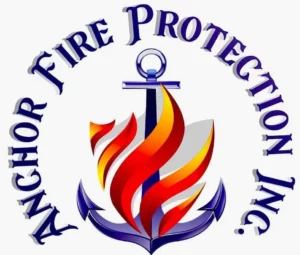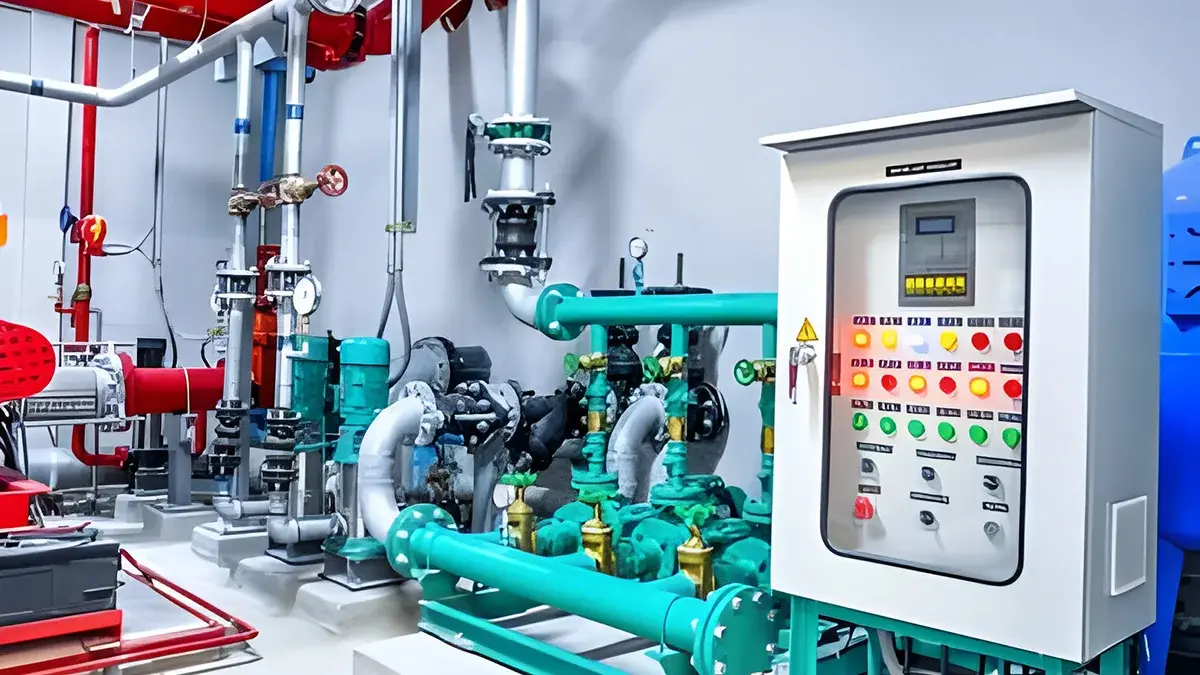What are the most common types of fire pumps?
The fire sprinklers in certain buildings do have enough water pressure to put out a fire. Fire pumps are useful for increasing the water pressure in sprinkler systems. The pump has backflow preventers, suction lines, pressure switches, and other parts. It is motor-driven. High-rise buildings and systems that require high terminal pressure to discharge significant volumes of water, like warehouses, are at risk of this problem. Fire pumps are required if water is obtained from a tank located below ground. This post will look at the several fire pump types that builders should consider. All types of fire pumps have pros and cons of their own, it is important to know the requirements before selecting a pump.
Fire pumps, which are powered by electric or diesel motors, increase the water pressure for fire protection systems. Diesel engines are more reliable in emergencies, but electric models require less maintenance. In order to achieve pressure requirements and prevent overspending or system damage from excessive pressure, the type of pump should be carefully chosen.
Categories of Pumps
Fire pumps fall into two primary classification types. These categories concentrate on the internal mechanics of the pump and how it transfers water.
Positive Displacement Pump
Positive displacement pumps work similarly to syringes in that they capture and force a certain quantity of water out of a chamber. Although they are less common in the fire service, their capacity to produce extremely high pressure makes them effective in certain circumstances. This kind of pump works similarly to the daily bicycle tire pump in that it collects a set amount of water with each spin and expels it through the discharge line. Positive displacement pumps exchange flow rate for pressure, producing extremely high pressure but having a limited capacity to transfer water. They primarily find their place with water mist and foam-water systems, which is why they are utilized less commonly in firefighting.
Centrifugal Pumps
Centrifugal pumps are the industry standard. They use a bladed impeller that spins, effectively producing a small water tornado inside the housing. They can effectively carry massive volumes of water at high pressure because of their sophisticated design.
The majority of fire pump types are further divided into kinds based on their design and footprint, although they are also classified according to their internal mechanics (centrifugal or positive displacement). These include vertical split-case, horizontal split-case, and vertical in-line pumps; each is appropriate for a particular application and space requirement.
Types of Fire Pumps
Fire pumps come in a variety of varieties, each with special advantages and uses. The 4 types of fire pumps and their applications are summarized below in this post to help you make a choice.
Horizontal Split Case Pump
The horizontal split-case fire pump is well-known for its ability to pump large volumes of water, durability, and affordability. The horizontal split-case pump offers large commercial buildings an affordable, long-lasting, and high-performance solution. It remains easy to use, despite the fact that it requires a separate water supply from the system. Fire safety experts strongly recommend it because of its split casing design, which simplifies maintenance and allows for easy access to internal components. As each component is different in size, it will be easier to replace them as needed over time based on the demands of the system. The modular design and interchangeable parts of this pump ensure long-term operation and durability.
Vertical Split Case Pump
It is designed to stand upright, operates as a horizontal split-case pump, and is ideal for smaller spaces. Vertical split case fire pumps take up less floor space due to their vertical location. The difference is important, especially for small organizations where fire safety systems have limited space. One significant advantage is that its engine is typically located at the top, saving space and protecting it from flooding. A vertical split case pump employs as little electricity as possible to provide high pressure for firefighting.
Vertical In-Line Pump
They are more expensive to repair, while being space- and cost-effective. They can be powered by an end suction vertical or horizontal shaft. The most common kind of shaft variant is vertical, which sets the driver directly above the pump. It is more challenging to maintain and repair than a split-case unit since the motor must be lifted and separated in order to reach the pump. The flanges for discharge and suction are on the same plane. These pumps can typically pump up to 1,500 gpm (5,678 L/min), yet their versatility is limited because they only function with electric drivers. This pump is noticeably quieter than the vertical split-case pump, but it is also more compact. It is perfect for places where noise is a concern, such as senior communities or hospitals.
Vertical Turbine Pump
Vertical turbine pumps are the only stationary pumps that can start under negative suction pressure or take water from a subgrade tank or river below grade, according to the NFPA 20 Standard for the Installation of Stationary Pumps for Fire Protection. This fire pump is not like the other types. These pumps may be used with unfiltered water from ponds, lakes, and rivers. Vertical turbine pumps can be used in both diesel and electric engines and come in a variety of capacities and pressures.
Consider it a long, narrow pump that can reach far below for water. They are less common than other types of fire pumps, but they are necessary for facilities without a municipal water supply. Regardless of whether additional technologies are used, all fire pumps require powerful suction to extract water from the source. This criterion does not apply to vertical turbine fire pumps. Instead, a vertical turbine fire pump can draw water from nearby wells or tanks. Water is delivered to the top and supplied as required.
Multistage Multiport Pump
A single driver, such as an electric motor or diesel engine, drives a multistage, multiport pump with multiple impellers connected in series within a single casing and powered by a horizontal shaft. Every port in the casing has several discharge outlets, or ports, and each receives a different pressure from the next series impeller. Multiple pumps can be used in a wide range of applications. It is important to consider how a fire pump can help bridge the gap when your system demand exceeds your water supply capacity.
Fire Pump Accessories
Fire sprinklers require power to work. Accessories for fire pumps can help with this. These accessories ensure that your fire pump runs smoothly, and efficiently when you need it the most. In the case of a fire, the fire pump turns on and the fire alarm goes off. What would happen, however, if there were no accessories to test its functionality?
- Water pressure is regularly checked using pressure gauges. They offer firefighters a clear view of the pump’s operation and the pressure needed to reach each sprinkler.
- The discharge check valve guarantees that there is no backflow and that water flows through the system in the right direction.
- The safety valve prevents pipes from bursting by releasing excess pressure during high temperatures.
- During a fire, the fuel tank keeps the pump going, providing a steady flow of water.
The silent enclosure acts as a muffler to conceal the pump’s activity.
FAQS
A fire pump is a strong pump used in sprinkler systems to raise water pressure. Large areas and high-rise buildings where city water pressure might not be sufficient to reach every sprinkler efficiently are the places where it is installed.
- Electric fire pumps run on electricity.
- Diesel fire pumps are used as backup or in distant areas and are powered by diesel engines.
- Self-driving fire pumps are made to be connected to an external power source, such as a tractor or another fire engine.
The most popular kind of fire pump is an electric fire pump for its durability, quiet operation, and easy upkeep.
- Centrifugal pumps are the most common, which increase water pressure by rotating impellers.
- Positive displacement pumps are helpful for drawing water from open sources such as lakes or pools because they can manage air pockets in the water line.
- Combination pumps are dynamic devices that have the ability to operate as both centrifugal and positive displacement pumps.
Invest in a Fire Pump for Your Building
KEEP YOUR PROPERTY SAFE
Related posts
-
Fire Safety Tips for the Workplace
-
Fire Safety Tips for Hospitals
-
How to size fire pumps?
-
Different types of sprinklers?
-
What is fire protection system?
-
Fire Extinguisher Inspection
-
Fire Sprinkler System Components
-
What are the most common types of fire pumps?
-
How much does a fire sprinkler system cost?
-
What is active and passive fire protection?

